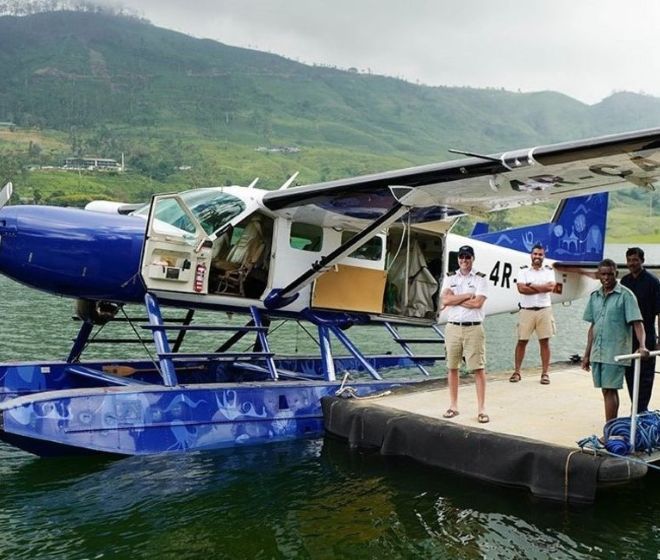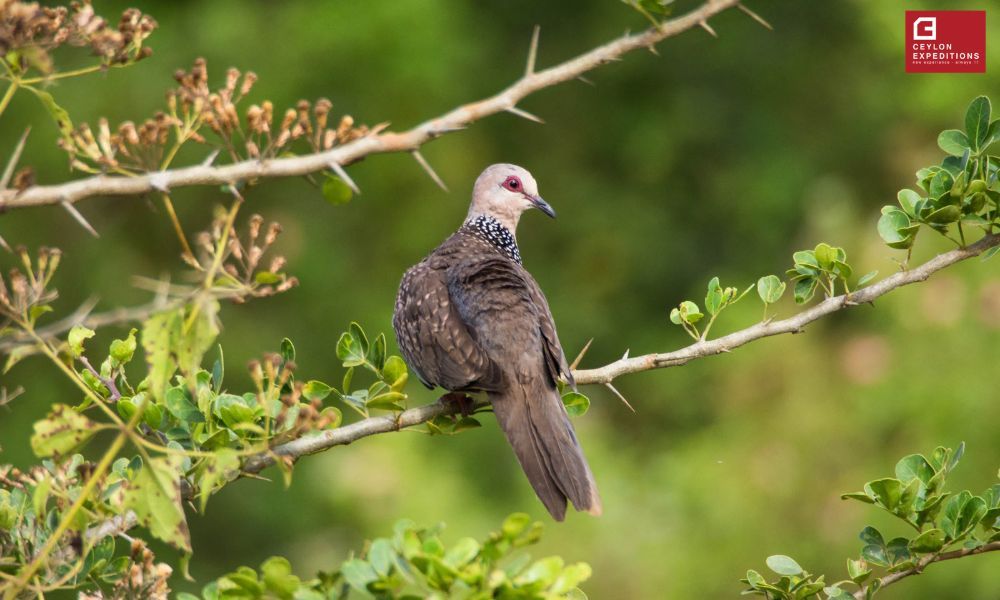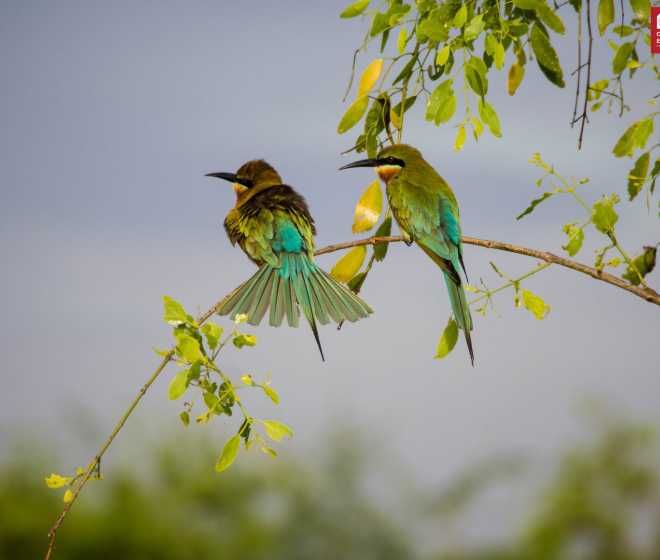
Somawathiya National Park Sri Lanka
Somawathiya national park is one of the four national parks designated under the Mahaweli development project and Important for wildlife sanctuary, history and religious background. It is located 266km north east of Colombo and is known as a home to many mega herbivores and the resting place for a relic of Lord Buddha.
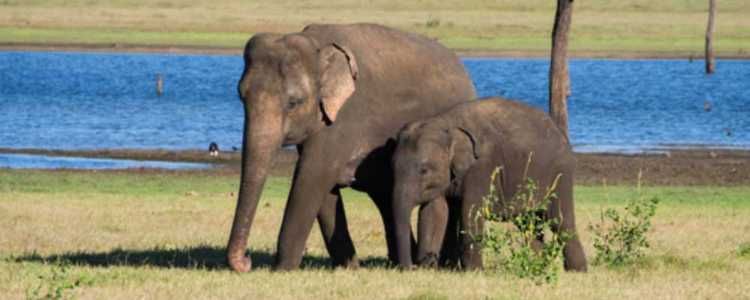
The park lies in the deltaic flood plains of the Mahaweli river and many Villus, or small basins of water, and many old river channels can be seen among the grassy plains. The park also contains the junction where the Mahaweli river is split into two; the Mahaweli branch and the Verugal oya. It is an important protected area for the wetland system of the river’s flood plains.
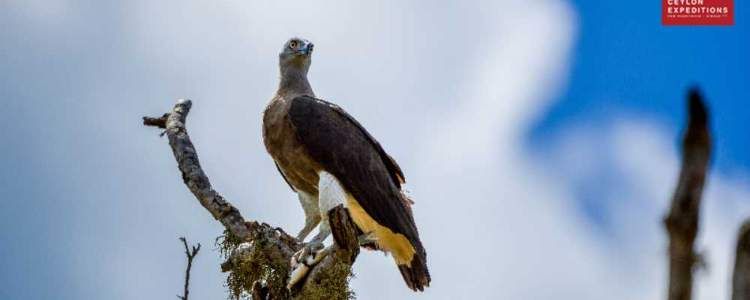
The park is rich in alluvial soil, which results in a diverse and rich combination of both flora and fauna. Water tolerant grasses and aquatic plants are dominant in the flood plains and the distribution of floral species is dependent upon the flood patterns and depth of flooding. The northern and relatively drier part of the park is dominated by dry zone forest trees.
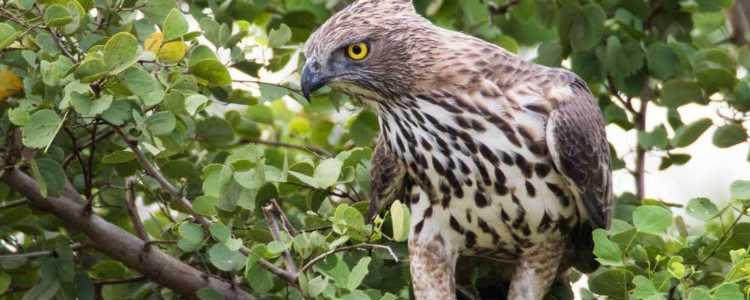 The high density of resident elephants gives the park an ecological importance. Other than the impressive 400 elephants recorded within the park, it is also the home to many other species such as jackal, fishing cat, leopard, wild boar, sambar, water buffalo and porcupine. The marshes also host around 75 migratory avifaunal species such as egrets, herons, storks etc.
The high density of resident elephants gives the park an ecological importance. Other than the impressive 400 elephants recorded within the park, it is also the home to many other species such as jackal, fishing cat, leopard, wild boar, sambar, water buffalo and porcupine. The marshes also host around 75 migratory avifaunal species such as egrets, herons, storks etc.
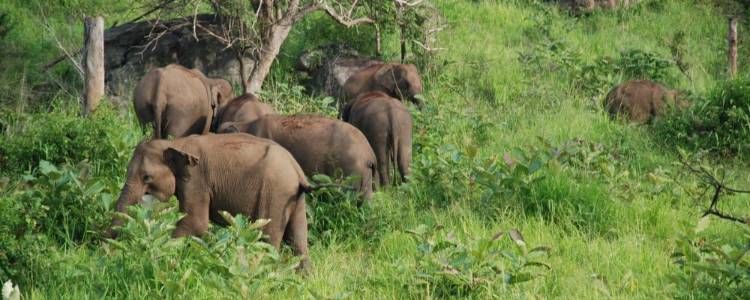 The Somawathiya national park also boasts of an impressive historical significance dating back to 200Bc to the time of king kwantissa, whose sister, Princess Somawathi, is the namesake of both the park and the Somawathiya Chetiya situated within the park. The Chethiya was built by the princess’ husband, prince Abhaya, which makes it older than most of the chethiyas found in the city of Anuradhaura.it is said to enshrine a tooth relic of lord Buddha which was brought to the country by arhath Mahinda thero. The stupa is a popular destination for both tourists and pilgrims for both its historical significance and its fame for performing miracles such as light beams and unusual apparitions.
The Somawathiya national park also boasts of an impressive historical significance dating back to 200Bc to the time of king kwantissa, whose sister, Princess Somawathi, is the namesake of both the park and the Somawathiya Chetiya situated within the park. The Chethiya was built by the princess’ husband, prince Abhaya, which makes it older than most of the chethiyas found in the city of Anuradhaura.it is said to enshrine a tooth relic of lord Buddha which was brought to the country by arhath Mahinda thero. The stupa is a popular destination for both tourists and pilgrims for both its historical significance and its fame for performing miracles such as light beams and unusual apparitions.

